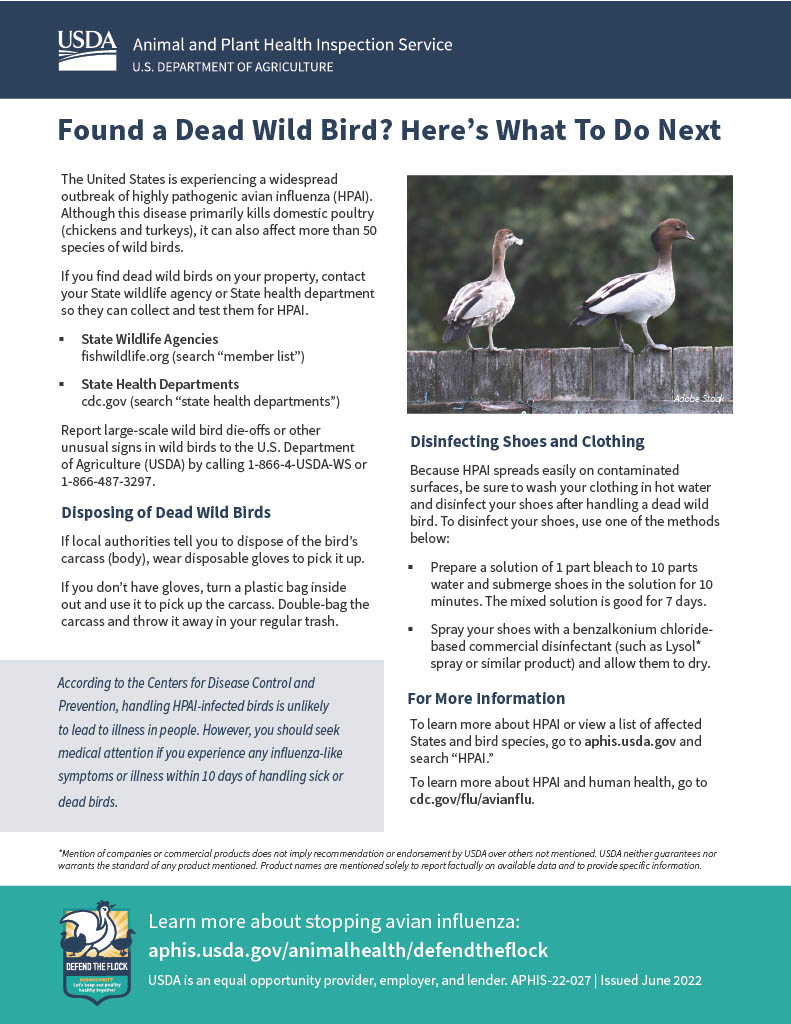Tobacco use remains one of the leading causes of preventable disease and death in the United States. While many people associate smoking with lung cancer, its harmful effects extend far beyond the lungs. Chronic diseases such as heart disease, diabetes, and hypertension are all closely linked to tobacco use, putting millions at risk for serious health complications.
Hypertension, or high blood pressure, affects nearly half of adults in the U.S. and is a major risk factor for heart attack, stroke, and kidney disease. Smoking and other forms of tobacco use contribute to hypertension in several ways:
Even occasional tobacco use can cause spikes in blood pressure, leading to cumulative damage over time.
Tobacco use is a major contributor to multiple chronic diseases, including:
The good news? Quitting tobacco, even after years of use, can significantly improve health outcomes:
If you or someone you love is struggling with tobacco use, help is available. Resources such as counseling, nicotine replacement therapy, and prescription medications can make quitting easier and more effective.
For support and local resources, visit Charles County Department of Health or call a tobacco cessation hotline today.
Your health is worth it—take the step today for a tobacco-free future.
